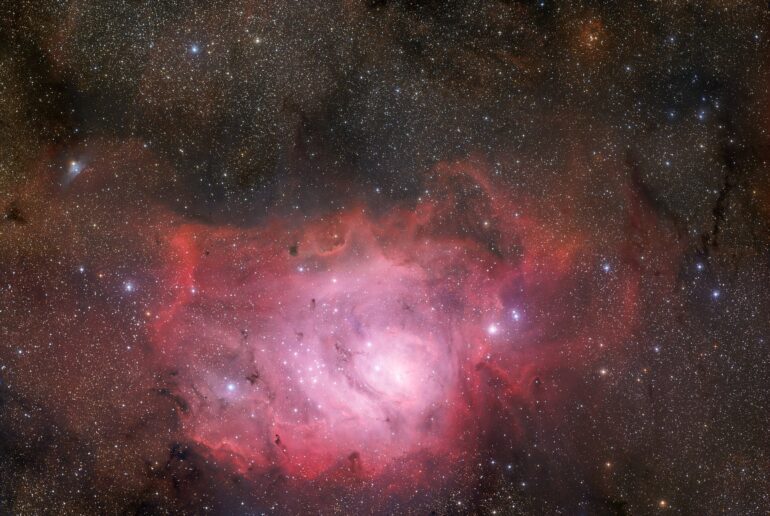TL;DR:
- Keele University researchers have developed a machine learning technique to estimate stellar ages based on atmospheric chemical compositions.
- Traditional methods of age estimation for stars have limitations due to the inability to gather physical samples.
- The new neural network model utilizes data from over 6,000 stars and explores the relationship between temperature, lithium abundance, and age.
- The model shows promise in providing more accurate and comprehensive age estimates for individual stars.
- Ongoing efforts involve expanding the model to incorporate additional data, such as metallicity, rotation rate, and magnetic activity.
- Ph.D. student George Weaver highlights the potential for a unified age estimation method based on spectral measurements, uncovering new relationships and enhancing our understanding of the cosmos.
Main AI News:
In a groundbreaking leap forward, scientists at Keele University have leveraged the power of machine learning to revolutionize the estimation of stellar ages based on chemical compositions within their atmospheres. This cutting-edge research, set to be unveiled at the prestigious 2023 National Astronomy Meeting, is spearheaded by George Weaver, a brilliant Ph.D. student at Keele.
Determining the age of a star has long been an arduous task, unlike the straightforward measurement of objects such as meteorites or planetary rocks using radioactive dating. Since physical samples cannot be obtained from the stars that adorn our night sky, astronomers have had to rely on estimates derived from the light emitted by these celestial bodies. While this method works relatively well for star clusters—groups of stars that evolve collectively—it becomes exponentially more challenging when applied to individual stars.
During the early stages of a star’s life cycle, the interplay of heat and pressure triggers a remarkable transformation within its atmosphere, altering its chemical composition. One striking change is the gradual depletion of lithium, a vital element, over time. However, existing models have struggled to capture the intricacies of this phenomenon comprehensively.
The advent of the Gaia-ESO survey has unleashed a torrent of high-quality spectra, providing astronomers with an abundance of data to delve into the depths of the lithium depletion puzzle. Drawing inspiration from a previous mathematical model called EAGLES, researchers have developed an advanced neural network model that utilizes information from over 6,000 stars. This novel model establishes the intricate relationship between a star’s temperature, its lithium abundance, and its age.
The versatility of this novel method is truly remarkable, with ongoing efforts focused on incorporating even more extensive datasets. By harnessing as much information as possible, scientists aim to generate age estimates that transcend the limitations of previous approaches. Presently, tests are underway to integrate the stars’ metallicity—a measure of elements heavier than helium within a star—into the model. Future expansions will explore the impact of a star’s decelerating rotation throughout its lifespan, as well as the diminishing magnetic activity it experiences over time.
George Weaver, the astute Ph.D. student leading this pathbreaking research, elaborates, “While several independent age estimation methods and models exist, this artificial neural network presents an extraordinary opportunity to consolidate these approaches into a unified framework for estimating stellar ages based on spectral measurements.” He further emphasizes, “This not only holds the potential for a comprehensive ‘one-stop shop’ model for both stars and star clusters but also enables us to quantify and elucidate the intricate relationships between these observables and age. In fact, it may even unveil previously unknown connections, expanding our understanding of the cosmos.”
Conclusion:
Keele University’s breakthrough in using machine learning to estimate stellar ages presents significant implications for the market. This advancement revolutionizes the accuracy and comprehensiveness of age estimation for individual stars, allowing for a deeper understanding of stellar evolution and cosmological processes. The potential development of a unified age estimation method based on spectral measurements opens up new avenues for research and exploration in the field of astronomy. Furthermore, the expansion of the model to incorporate additional data parameters indicates the potential for enhanced precision and reliability in future age estimations. This breakthrough has the potential to reshape the market for astronomical research and contribute to advancements in our knowledge of the universe.

